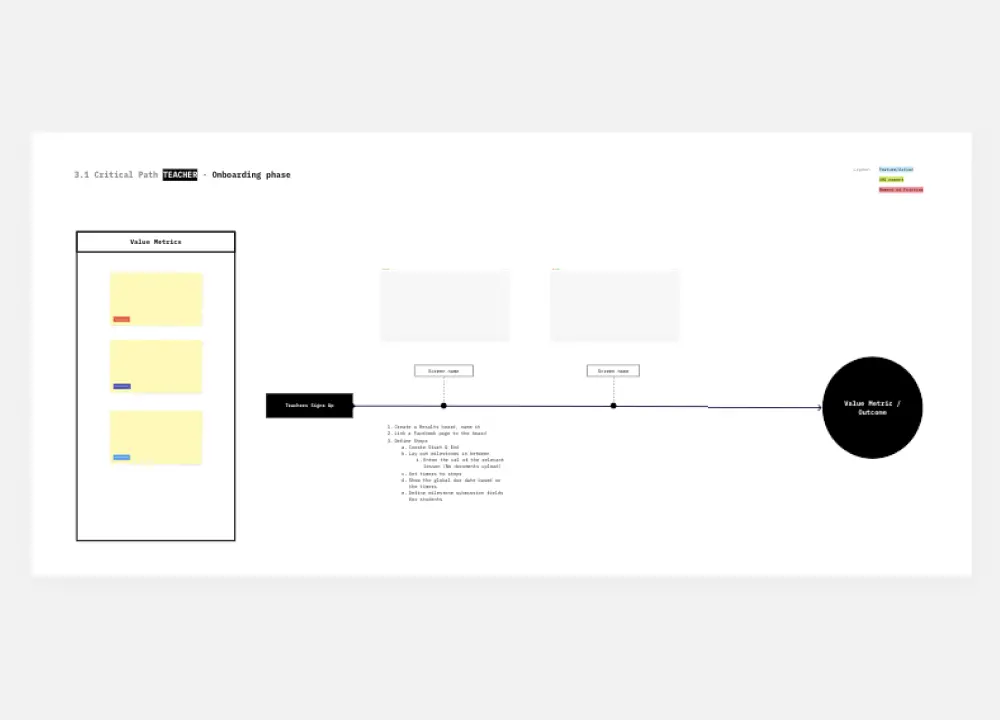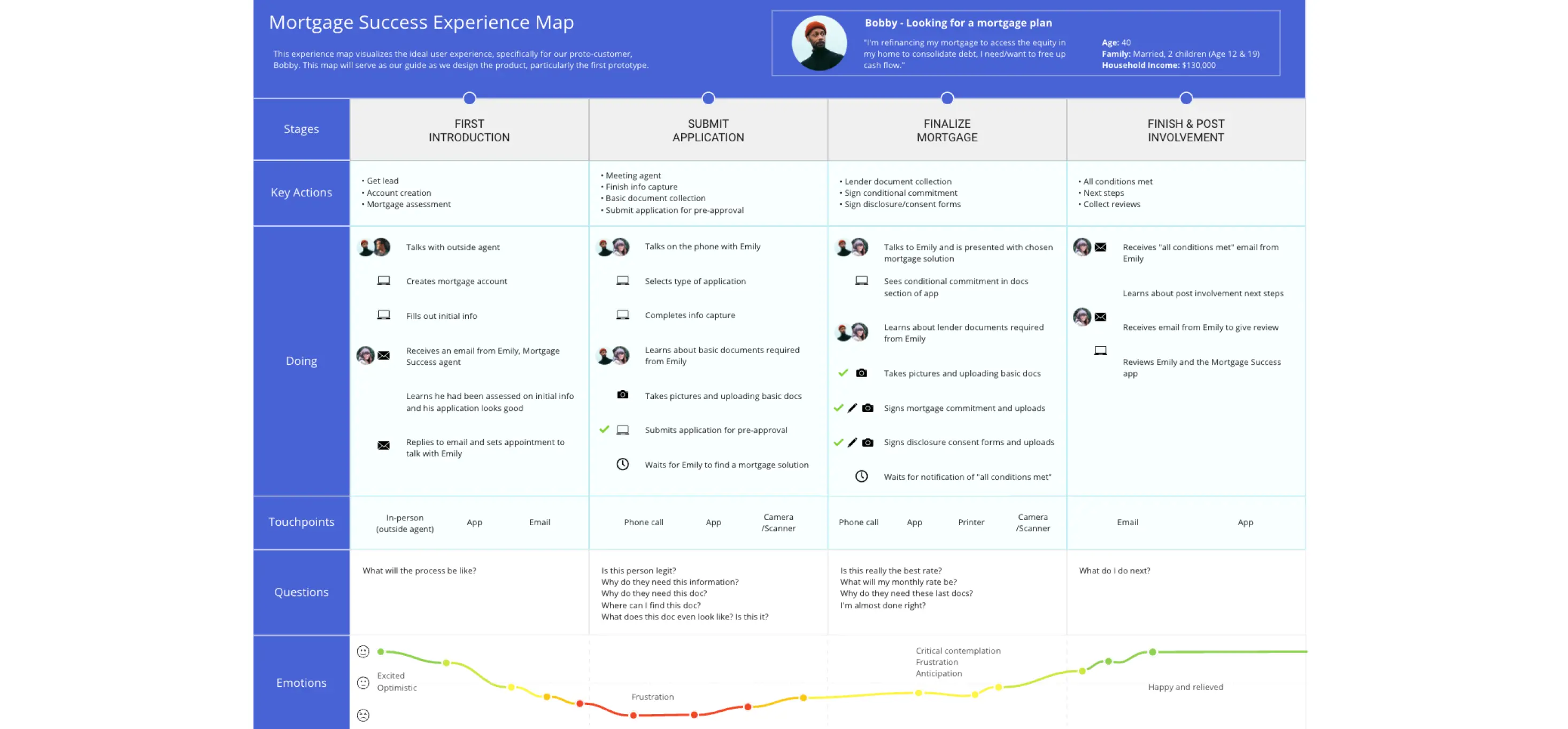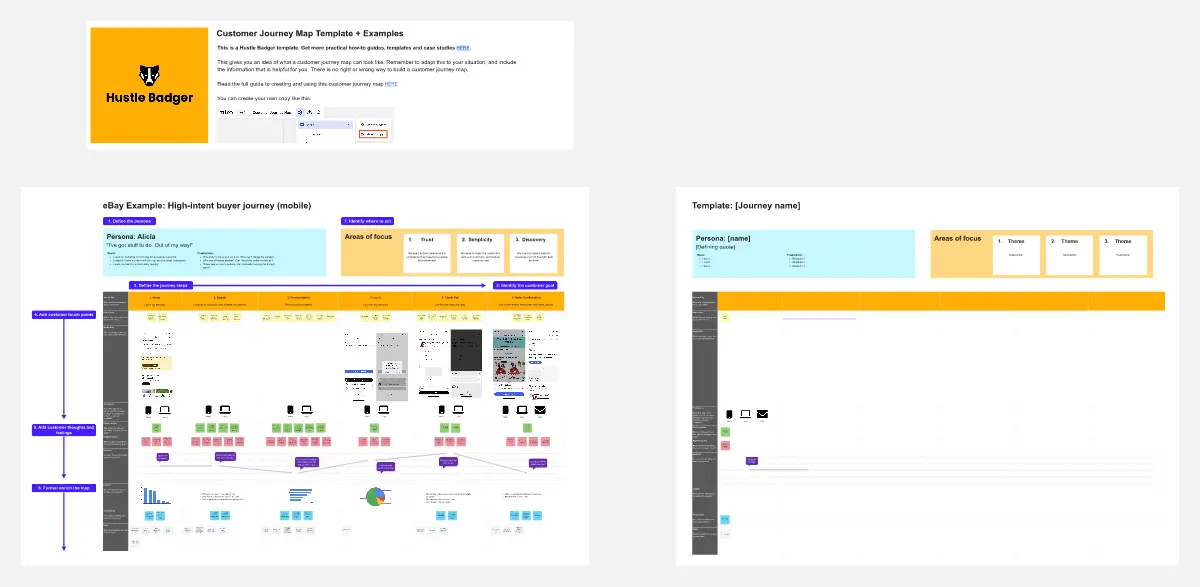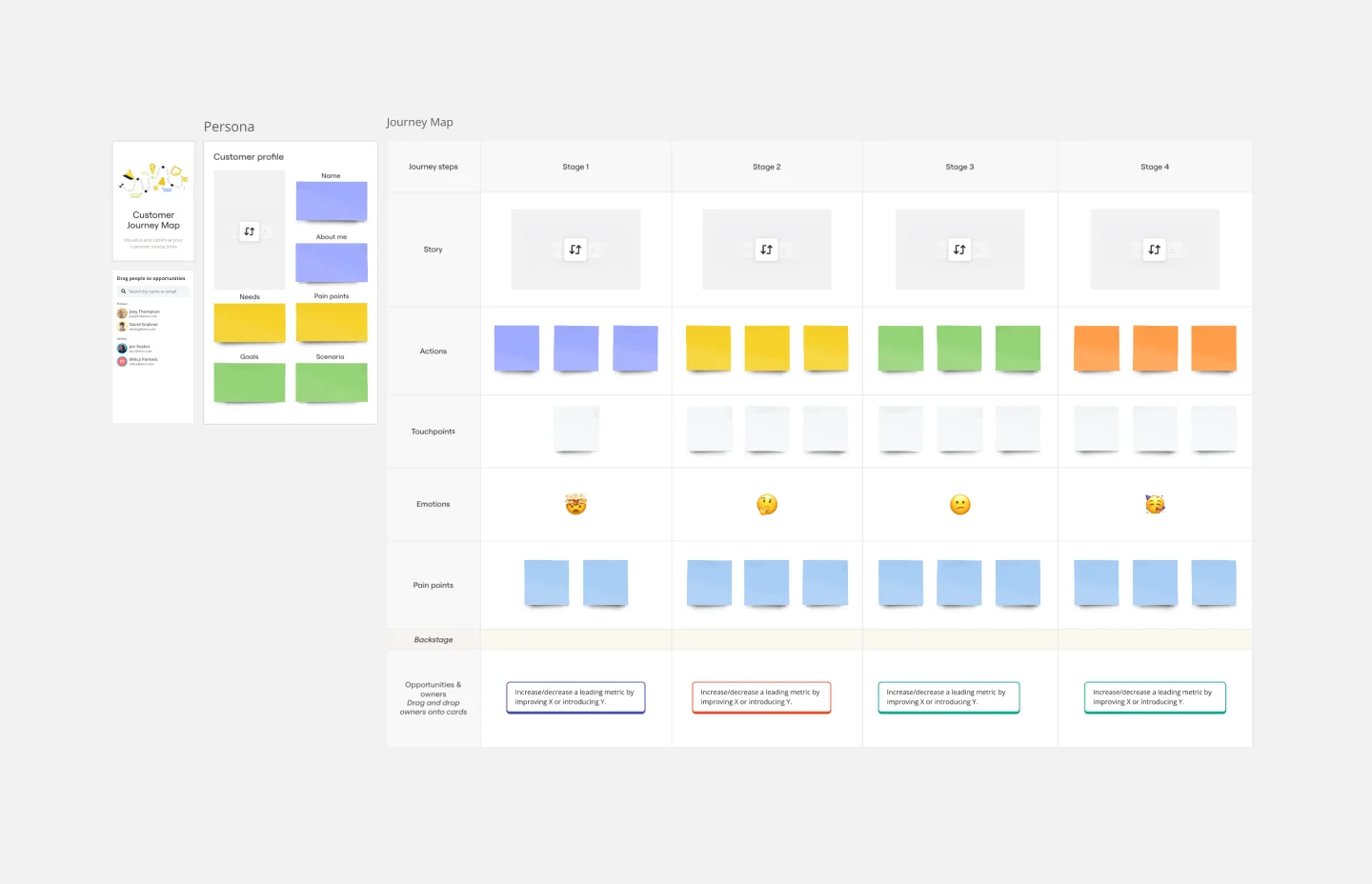All templates
Customer Journey Map

Columbia Road
Digital Sales Consultancy @ Columbia Road
Since 2016, Columbia Road has helped Nordic companies sell better. We do it with our brilliant teams of strategy, design, development and martech consultants.
Categories
Similar templates
Practical Customer Journey Mapping
381 likes
3.7K uses

Experience Map
1K likes
4.8K uses

Customer Journey Map
273 likes
1.9K uses

Customer Journey Mapping Template Pack
5 likes
142 uses

Customer Journey Map Template
9 likes
420 uses

Practical Customer Journey Mapping
381 likes
3.7K uses

Experience Map
1K likes
4.8K uses

Customer Journey Map
273 likes
1.9K uses

Customer Journey Mapping Template Pack
5 likes
142 uses

Customer Journey Map Template
9 likes
420 uses
